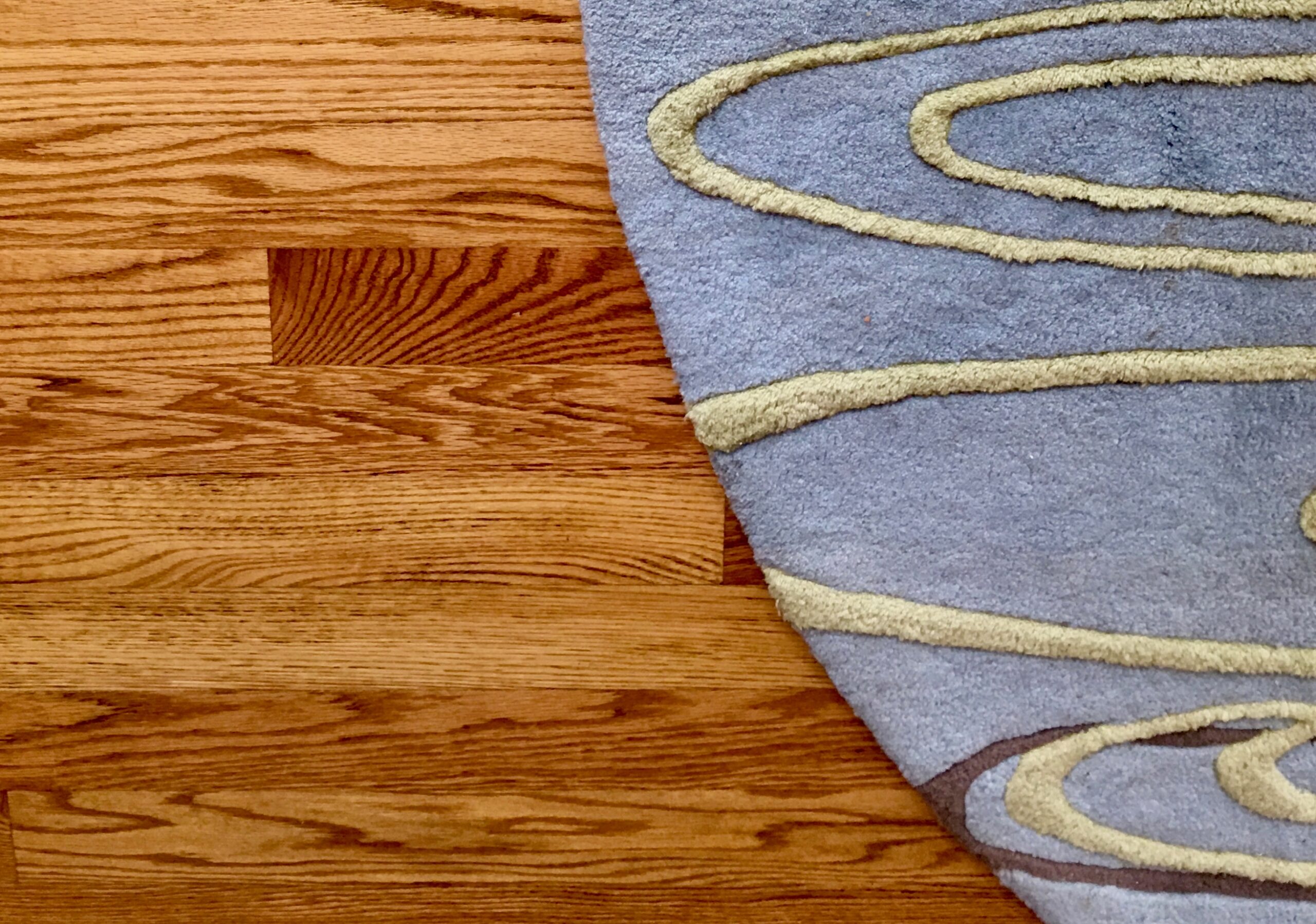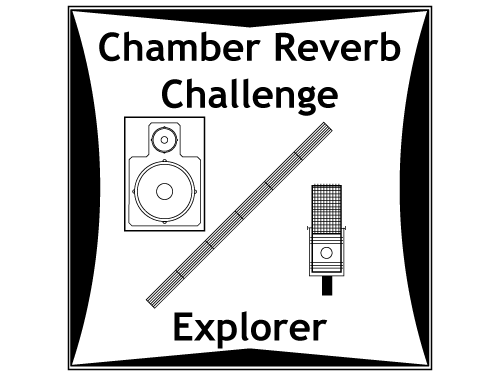We explore, in search of rooms that reverberate. We just might find our future reverb chamber.
The Search for Rooms that Reverberate
1. I am sitting in a room
For the space you are in right now, no matter how complex or unusual it is, reduce it conceptually to a box with a wall to the left, another to your right, one in front of you, and one behind. There is a ceiling and a floor.
For each of these six partitions, look closely at its material make-up and assess its sound reflectivity. Is the surface hard and/or shiny (likely sound reflective) or soft, fibrous, or porous (likely sound absorptive).
Most partitions are rarely a single, unobstructed material. They are likely complex, and need some logical simplification. After looking at the details of the architecture, try to distill it all down to a general conclusion. For example, you might have a hard wall surface for most of the wall, but with a window which has fairly heavy fabric curtains. Depending on the size of the window, you’d have to decide how reflective the wall is, on average, across its entire surface area. The floor might be linoleum or vinyl (sound reflective), but with some amount of carpet covering many areas (slightly sound absorptive).
Notes & Observations
- Document your observations for later reference through the following:
- Rate each of the six partitions on a scale from 1 to 5, where a higher number means the partition is, on net, highly reflective, while a low number indicates it is, on average, more absorptive.
- Provide an overall reflectivity assessment for the entire room.
2. I am looking for a room
Now explore the other spaces easily available to you and try to find a space that you predict might be more sound reflective than the starting room above. Perform the same 6-partition assessment of this room.
Notes & Observations
- Document your observations for comparison with the prior space and for future Chamber Reverb Challenges through the following:
- Rate each of the six partitions on a scale from 1 to 5, where a higher number means the partition is, on net, highly reflective, while a low number indicates it is, on average, more absorptive.
- Provide an overall reflectivity assessment for the entire room.
- Does your architectural analysis and reflectivity number rating system support your initial impressions that this space will be more reverberant than the first?
We’ll return to both spaces in the next Chamber Reverb Challenge Explorer #2.

